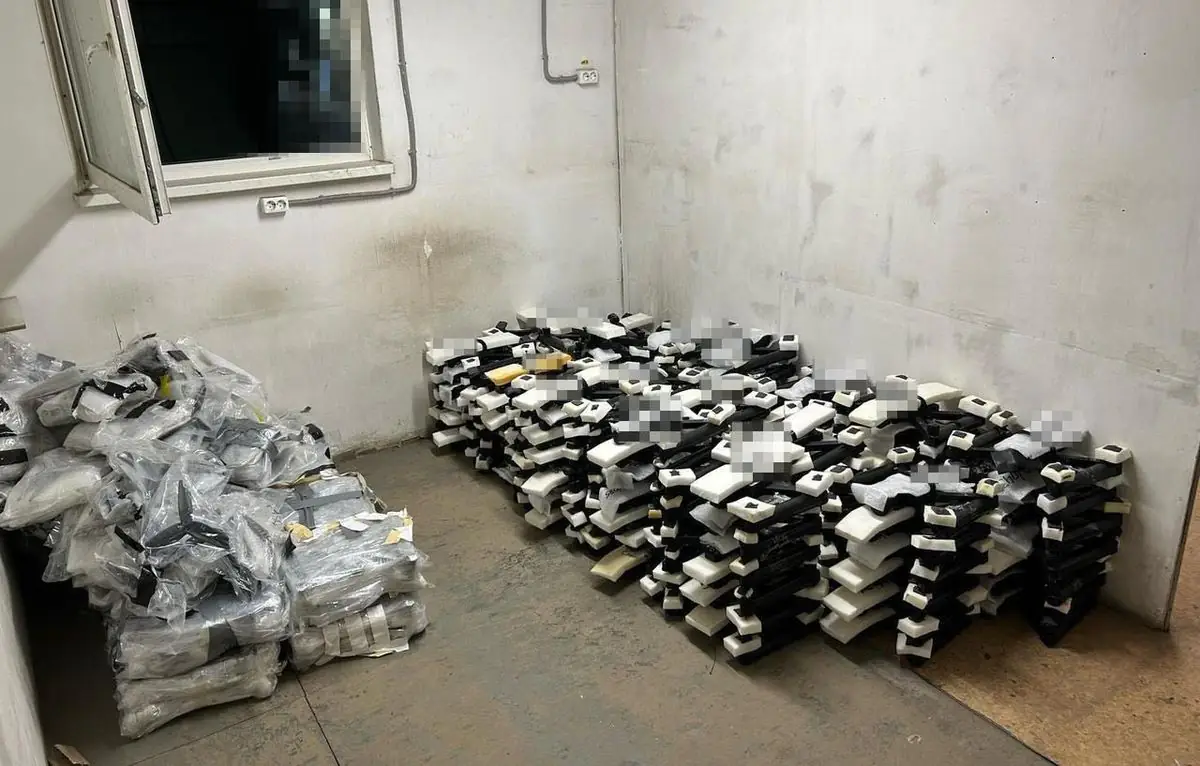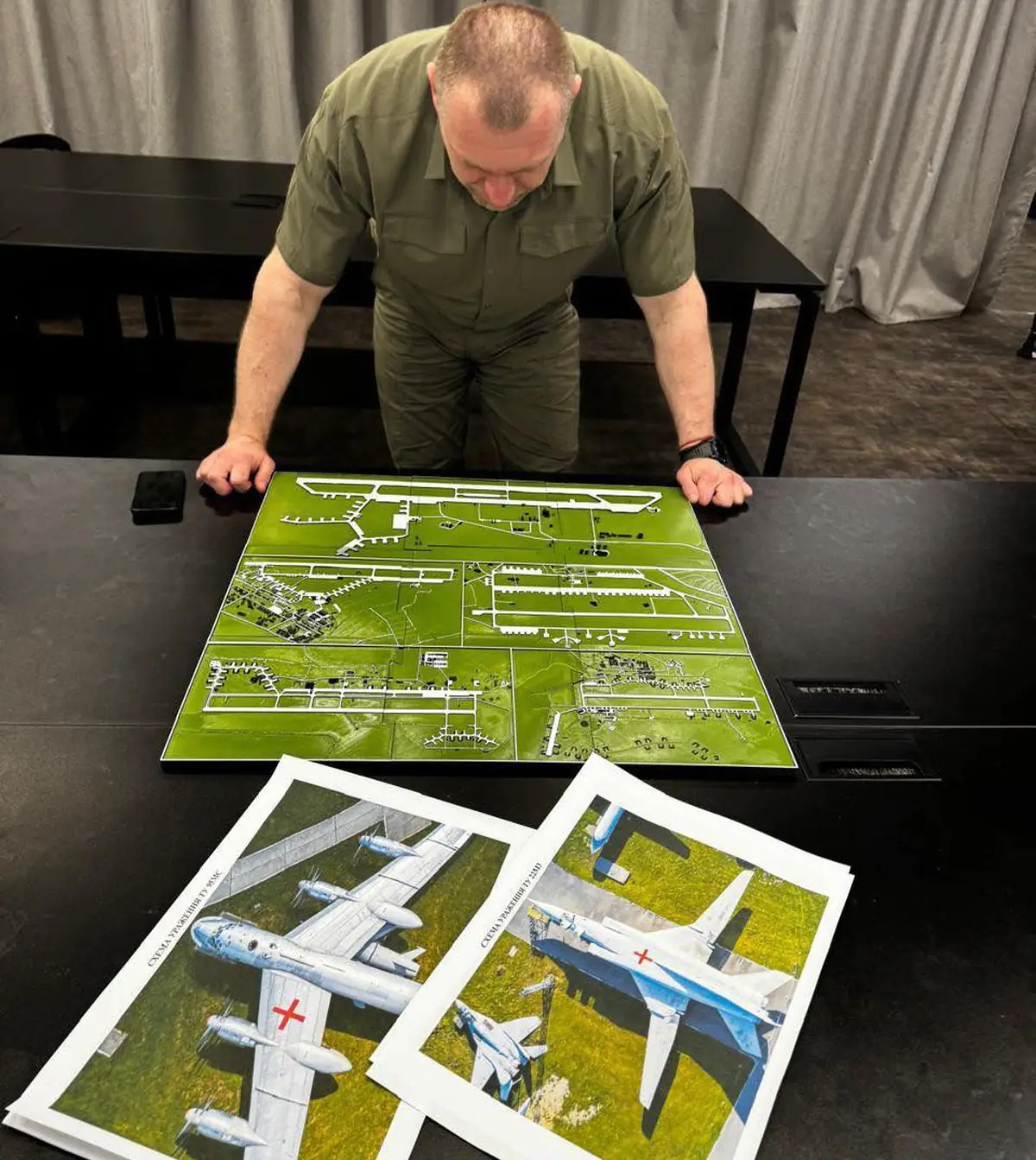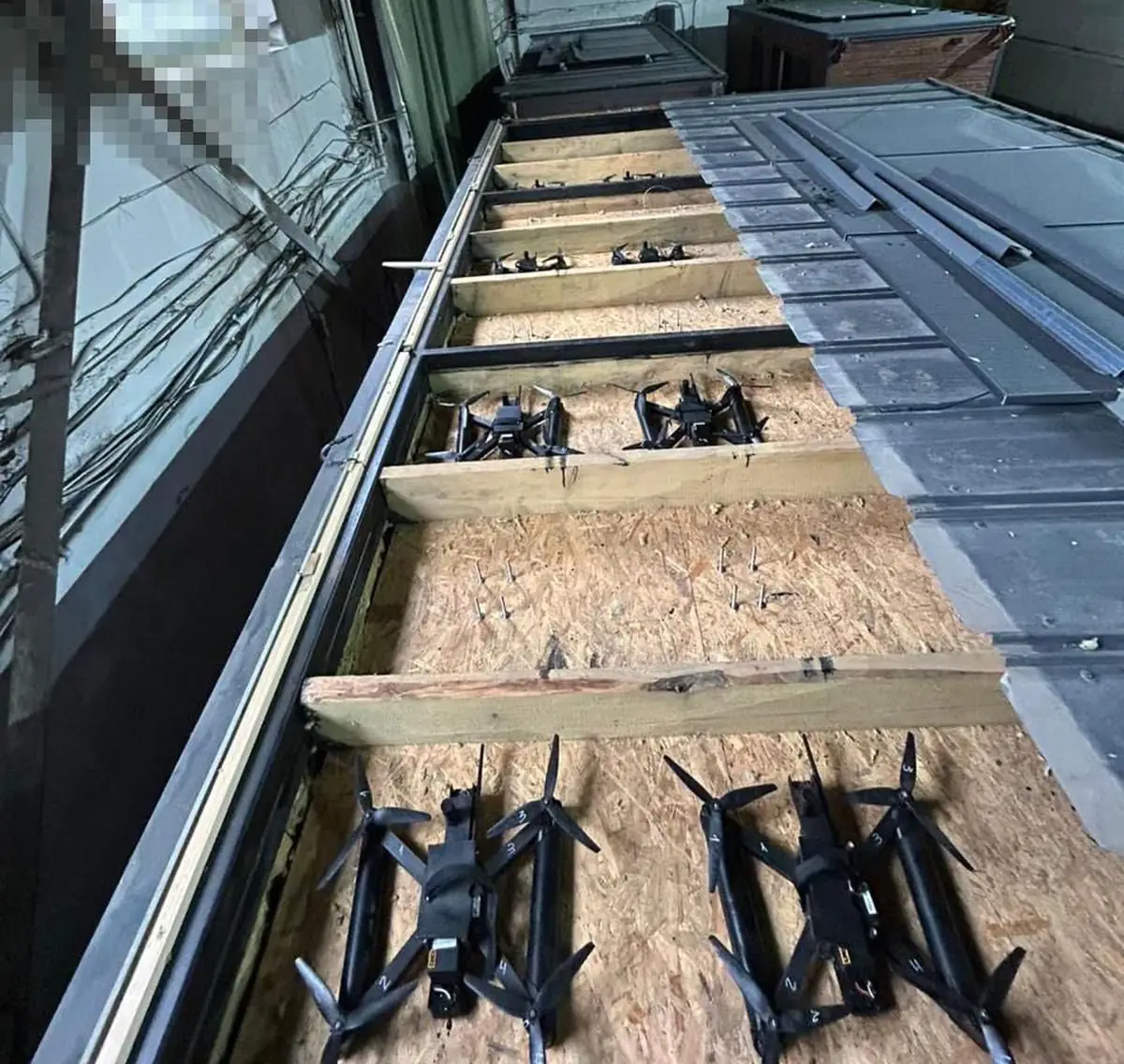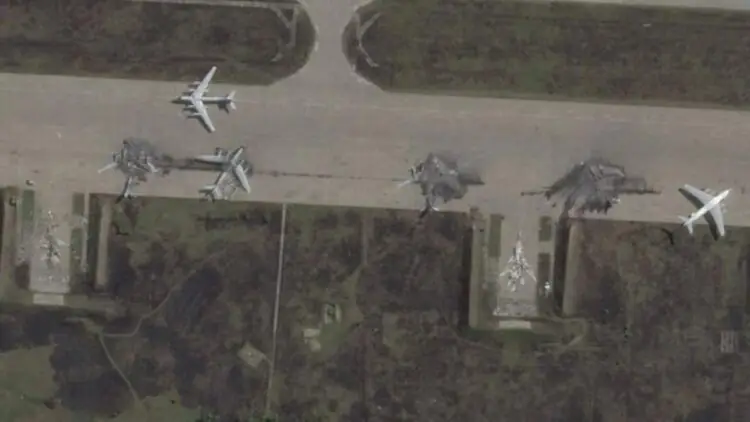On June 1, Ukraine’s Security Service carried out a special operation known as “Pavutyna” (“Web”). As part of the operation, dozens of drones were used in a coordinated strike on Russian airbases. According to preliminary reports, the attack damaged or destroyed more than 40 aircraft from Russia’s strategic aviation fleet.

On June 1, Ukraine’s Security Service carried out a special operation known as “Pavutyna” (“Web”). As part of the operation, dozens of drones were used in a coordinated strike on Russian airbases. According to preliminary reports, the attack damaged or destroyed more than 40 aircraft from Russia’s strategic aviation fleet.

The drones were delivered using long-range trucks, which were parked near the targeted airfields. Launches were carried out directly from these vehicles. Acting on an order from SBU Chief Vasyl Maliuk, the drones took off near the airbases and simultaneously struck 41 aircraft. The Russian side reportedly had no time to sound an alarm, scramble jets, or take other measures to protect the planes from the incoming drones.

The planning and execution of the highly complex “Pavutyna” (“Web”) operation took over a year and a half. According to journalist Petro Shuklinov, the first step involved covertly transporting FPV drones into Russian territory. Later, mobile wooden structures were brought in. The drones were then hidden under the roofs of these structures, which had been mounted on cargo trucks. At the designated moment, the roofs were remotely opened, and the drones launched directly toward Russian bombers.

Russia is unable to manufacture new Tu-22M3 and Tu-160 bombers from scratch. The last units completed were based on designs and parts laid down during the Soviet era, making these losses effectively irreversible. Sources within Ukraine’s Security Service (SBU) emphasized that the individuals involved in this unprecedented operation are already back in Ukraine. “So if the Putin regime publicly detains someone in response, it will be nothing more than a staged show for domestic audiences,” the sources noted.
According to an official statement published on the Security Service of Ukraine’s (SBU) Facebook page, the estimated value of the Russian strategic aircraft targeted during Operation “Spider Web” is around \$7 billion. The SBU also reported that the drone strike disabled approximately 34% of Russia’s strategic cruise missile carriers at their primary airbases. Officials added that more details about this historic operation would be released at a later time.
Additionally, Ukraine’s military intelligence agency (HUR) reported an explosion on a railway section near the temporarily occupied settlement of Yakymivka in the Melitopol district of Zaporizhzhia Oblast. The operation targeted a Russian military train carrying fuel tanks and freight cars, causing it to derail. As a result, a key logistical route used by Russian forces in the occupied areas of Zaporizhzhia and Crimea was disrupted.
Source: facebook









